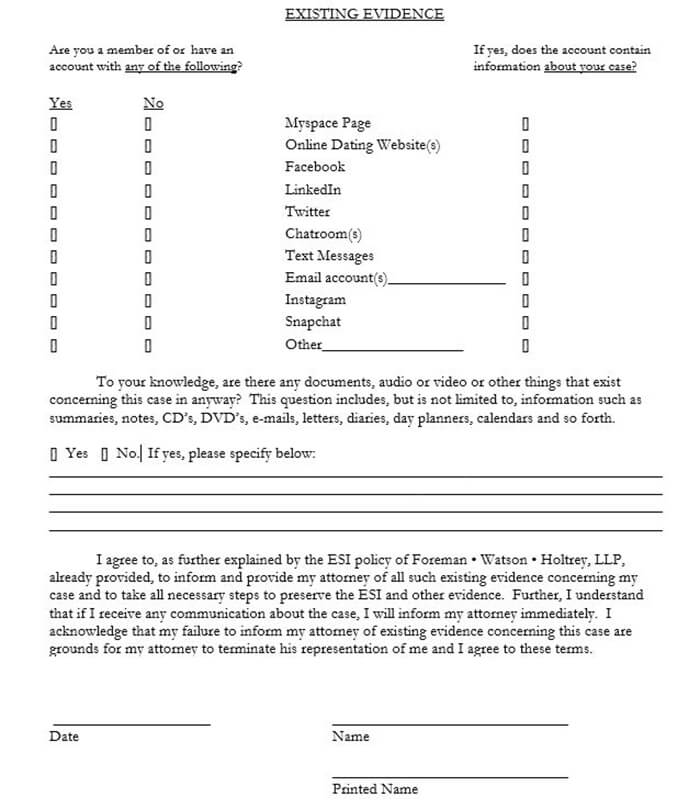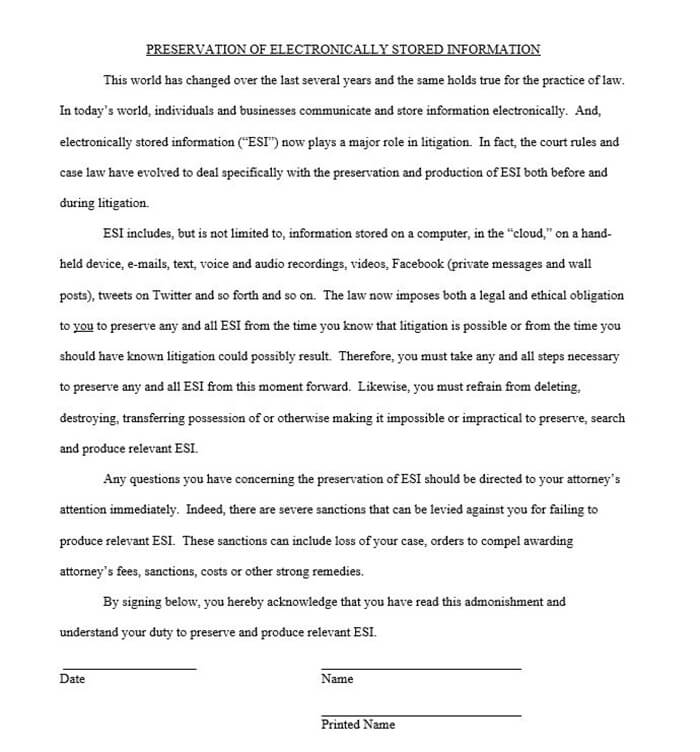Determining the Value of a Personal Injury Claim

One of the first things clients want to know is the answer to the question, “How much is my case worth?” The truth is we could talk about this topic for days and not cover all the considerations that must be addressed. However, there are some essential issues every Plaintiff’s attorney must have a good handle on. This outline provides only the essentials. The most important advice I can give based on my twenty-three years of experience is that no matter what side of a personal injury case you may be on, you must look at the case through the eyes of the jury. With that said, here we go!
Case Intake (Spotting Damage Issues Early)
The process of determining the value of a case begins with the intake process. What must you learn at intake?
- Is there a liability issue? Any question on liability means you have an issue that affects the case’s value because there is a risk of apportionment or loss.
- Are there going to be coverage issues? Look for intentional torts, FTCA, Board of Claims, governmental immunity, permissive use, etc.
- What was the client’s situation prior to the wreck? Health, Financial, Prior Injuries, Criminal Background, and Medications.
- Who else knows something, and what do they know? Identify all the people that are known at the outset to have discoverable information and find out what they know.
- What evidence already exists to support or damage your case? Please be very mindful of Electronically Stored Information (ESI). Do an immediate inventory. (See exhibits below.)
- Identify all medical providers and what the plan is for your client’s treatment. Know your part in this process. Consider using a nurse or some type of medical professional.
- Where is the video that documents your case? A picture speaks a thousand words – a video will speak a million. What in the world is a 360° Rule?
In short, just remember that INFORMATION and DOCUMENTATION are VALUABLE. So, at the very beginning of a case, you have the duty to inventory the information and documentation that will dictate and determine your case’s value.
Exhibit A

Exhibit B

Maintaining Your Case (Building the Damages)
A case is about what you make it about. Start early with making your case about the damages and use the resources necessary to build your damage case.
- Make sure your client is complying with all medical requirements. Again, this is why a nurse or medical professional is important.
- Develop your plan of proof. What is your overall approach? What will be the story you will tell? How will you humanize your claim? (Insurance adjusters love to dehumanize claims.)
- Do you need to file the complaint or not? Is there certain information you can only get through discovery that affects your damage analysis?
- Interview all potential damage witnesses and make sure you know what they are going to add.
- Videotape your client several times. Why? Get them used to being under the spotlight. Learn about them. Get footage that may help you present your case.
- Walk the site.
- Visit your client’s home.
- Comb the medical bills and records.
- Talk to employers and get your client’s personnel file from their work.
- Photograph anything that documents an injury.
- Get actual diagnostic films and use them.
Litigating and Proving Damages
If you have done much of what is discussed above, litigating your damage issues will be much easier and effective. There are few things unique to litigation that will help you with damages:
- Draft a Complaint that increases the value of your case. Example: Trucking Case – Adding violations of Statutes and Regs to get negligence per se and adding negligent retention, training, and supervision will expand your ability to do discovery.
- Defend your client’s integrity and be ready for every way the adversary will undermine your client’s credibility. Juries do not give a sizeable award to a Plaintiff they cannot trust.
- Take the case to the level where the jury feels threatened in their own safety if they do not do something about it here—rules of the Road and Reptile.
So, what is your case worth?
The ultimate decision-maker in a case is the jury, and the only way to discover the potential value of your case is to get an idea of what the jury is going to like and dislike about your case. There are several ways to do this.
Focus Groups
Different ways to use focus groups can help you discover different things about your case. It is essential to focus any case that is going to be tried. If a case is worth enough to put the time in to try it to a jury, it is worth enough to find out what a jury is going to say. How I have used focus groups:
- To do a mock trial and then to watch and listen to the deliberations. This will help you identify evidentiary gaps. It will help you determine what type of people feel what way about your case. In this setting, you can go ahead and ask and see what kind of range the jury would land in.
- Take just certain issues in your case and run just those issues by a focus group. Example: Maybe you need to see what the best way to illustrate an injury is. Have a focus group tell you which illustration is the most effective and why.
- Run a witness by a focus group and ask the focus group what they would want to know from that witness. My favorite is using a focus group to find out what they would want to know from the director of safety for a trucking company or what they would want to know from the truck driver? Take that into your deposition of the truck driver or the safety expert and ask it.
- Run alternative opening statements by a focus group and ask them which case they would be more excited to hear more about.
- Experiment with different orders of proof and witnesses and see what focus groups have to say about that.
Remember this: focus groups do not have to be expensive. Ask a local college or school to let you use some space. Churches are usually very receptive to allowing you to use some of their educational rooms. You can set up a camera and record the discussions. In short, there is no better way to get into the minds of people than to get into the minds of people.
Find Other Cases Like Yours
- Jury verdict reporters are very helpful but have limitations, so you cannot rely solely on them. Because of mediation, fewer cases are being tried. I personally like to use the verdict reporters to allow me to get in touch with the attorneys and to pick their brains about the case. How did they present their damages? What witnesses did they use? What was the defendant’s strategy to mitigate the value of the case?
- Listservs – run your case facts through a listserv and find out if other attorneys are handling a case like that now or if they settled a case like that. Again, a wealth of information is available for the value of your case.
- Run your case facts through an internet search. My example: Zip Line Case. I had a case where the braking system had failed on a Zip Line, and a client suffered severe brain damage. The most useful information I found in the case was just by looking up news articles about other injuries people had suffered on Zip Lines and then seeing the comments people would put in response to the news article. You will get a quick education about what people think about your case or a case like yours. I also found where a guy had worked in Colorado for an independent contractor and performed annual inspections. I researched that, and low and behold, my Zip Line in Indiana had been inspected by an independent contractor. The independent contractor became the focus of my case, and they paid more than the Zip Line owner.
A Few Parting Thoughts Re: Case Evaluation
- Remember that juries historically will not tolerate injuries to kids, injuries to the elderly, or injuries to the handicapped or special needs. You have a case with one of these three plaintiffs the value of the case will be higher.
- Step back and ask yourself does your case have the OMG factor? If not, is it possible for it to have the OMG factor?
Soft Tissue Injuries – There is value there but do not overplay your hand. Still, take time to humanize your client and be realistic about the injuries, which will carry you a long way.
Musculo-Skeletal Injuries – Use objective demonstrations as much as possible. Good value when the jury can see and appreciate the injury.
Traumatic Brain Injuries – Entire seminars devoted to these injuries, but in short, spend the money to prove the loss of function and the effect of the loss of function. Neurologists, Neuropsychologists, Psychologists, Counselors, etc.
Post-Traumatic Stress Disorder – Very real, and juries are receptive. Children who suffer from PTSD are very valuable cases. Must substantiate with counseling and medication.
Wrongful Death – Again, do not be afraid to spend the money here. Bolster the loss of earnings, focus on conscious pain and suffering before death. Look at the consortium claim of survivors.
- The 2-8-2 Principle – What is it? – through much of the jury research I have done and from Focus Groups I have been able to help with, I have concluded that in 80% to 90% of jury trials, this concept is fairly accurate. One to two people on the jury are going to love your client, your case and you. However, one to two people on the jury will hate your client, your case, and you. The other seven to nine people really do not care. They just want to be done. These people are followers. When the group goes back to deliberate, they are going to follow either the two that love you or the two that hate you. Your job is to equip the two that love you to be powerful, confident, and willing to bring the other seven to nine with them.
- Throw away the attorney and be a humble communicator. The best-known book on damage issues is written by David Ball. Nowhere in that book does David Ball discuss legal issues, holdings of courts or in-depth legal analysis or jurisprudence. In fact, David Ball is not even an attorney. Amazingly, here are David Ball’s Educational Credentials:
-
- Rensselaer Polytechnic Institute, Electrical Engineering, 1963
- Alfred University, B.A., English, 1965
- University of Maryland, M.A., English, 1966
- University of Minnesota, Ph.D., Speech, Communications, and Theatre Arts, 1970
So, what does David Ball know that we need to learn? How to communicate, how to tell a story that will stir a jury’s emotions, how to use language, and how to listen.
- Local counsel – I cannot emphasize enough how important it is that you have co-counsel if you are trying your case out of town. There is no better way to get a feel for local jurors and to get information about how your case may be perceived by the locals, then to have a local attorney who tries cases in that town.

